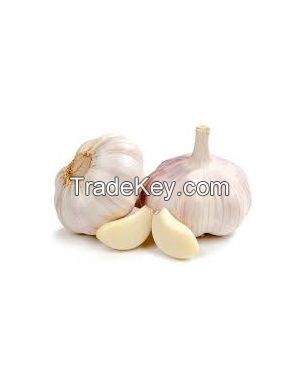Description
Garlic (*Allium sativum*) is a widely used culinary herb known for
its distinctive flavor and numerous health benefits. It belongs to
the Allium family, which also includes onions, leeks, and
shallots.
**Key Characteristics:**
- **Flavor:** Garlic has a pungent, spicy flavor when raw that
mellows and sweetens with cooking. Its taste is often described as
bold and aromatic.
- **Form:** Garlic is typically used in its raw form, but it can
also be found in various processed forms such as minced, chopped,
powdered, or as garlic oil.
**Nutritional Benefits:**
- **Allicin:** Garlic contains allicin, a sulfur compound
responsible for its distinctive smell and many of its health
benefits. Allicin has been shown to have antibacterial, antiviral,
and antifungal properties.
- **Vitamins and Minerals:** Garlic is a good source of vitamins C
and B6, manganese, and selenium.
- **Antioxidants:** It contains antioxidants that help combat
oxidative stress and inflammation in the body.
**Uses:**
- **Culinary:** Garlic is used to flavor a wide range of dishes
including soups, stews, sauces, and marinades. It can be roasted to
produce a milder, sweeter flavor or used raw for a sharper
taste.
- **Medicinal:** Garlic has been used traditionally for its
potential health benefits, including improving cardiovascular
health, supporting immune function, and reducing the risk of
certain cancers. Some people also use garlic supplements for these
purposes.
**Health Considerations:**
- **Digestive Effects:** Consuming large amounts of raw garlic may
cause digestive discomfort, such as heartburn or irritation.
- **Interactions:** Garlic supplements can interact with certain
medications, including blood thinners. It's advisable to consult
with a healthcare provider before taking garlic supplements if you
are on medication or have health concerns.
Garlic is a versatile ingredient with a range of applications in
both cooking and health, making it a staple in many kitchens and
herbal medicine practices.


